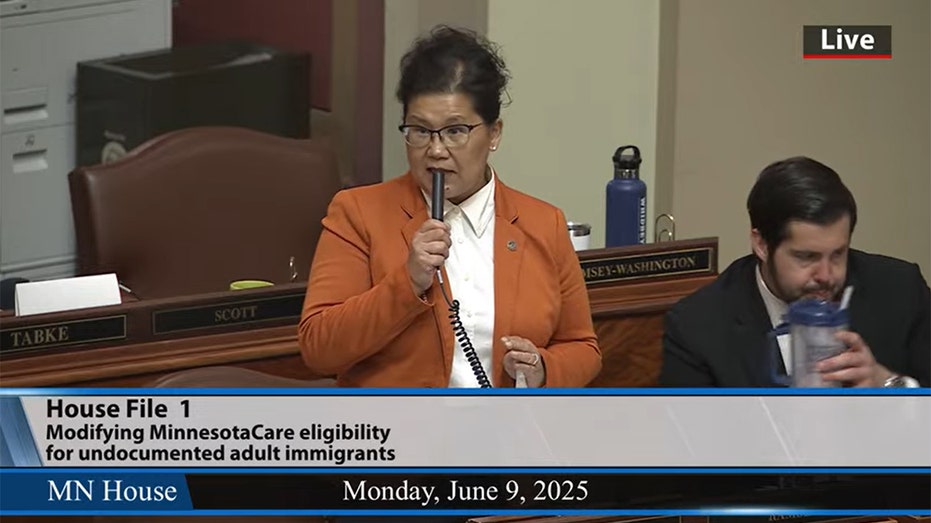Breakthrough Archaeological Discovery: Unveiling Ancient Egyptian Officials' Tombs for the First Time
Ancient Egyptian secrets unearthed as archaeologists discover New Kingdom tombs in Luxor, shedding light on royal history and elite lives

Several tombs belonging to high-ranking Ancient Egyptian officials have been uncovered by archaeologists, providing fascinating new insights into Egypt's rich history. The recent discoveries were announced by the Egyptian Ministry of Tourism and Antiquities, highlighting the ongoing efforts to explore and understand the country's ancient past.
The tombs, which date back to the prestigious New Kingdom era of Egyptian civilization, were found at the Draʻ Abu el-Naga site on the West Bank of the Nile River in the Luxor region. This area has long been recognized for its archaeological significance, housing the burial sites of numerous officials and nobles from Egypt's golden age.
According to Mohamed Ismail Khaled, secretary-general of the Supreme Council of Antiquities, researchers have been able to identify the names and official titles of those entombed, thanks to inscriptions that survived the ravages of time. Khaled stated, "The mission will continue cleaning and studying the remaining inscriptions in the tombs to gain a deeper understanding of their owners and to study and publish the findings scientifically."
Among the most remarkable finds is the tomb of Amenemopet, who lived during the Ramesside Period (1292–1069 B.C.). Amenemopet was an important figure who served in a temple dedicated to the highly venerated god Amun. While much of the tomb’s intricate hieroglyphs were damaged or destroyed, surviving artwork depicts scenes of ritual sacrifice, funerary processions, and elaborate banquets, painting a vivid picture of the beliefs and practices surrounding death in ancient Egypt.
Two additional tombs, dating to the Eighteenth Dynasty (circa 1550–1292 B.C.), were also discovered. One belonged to a man named Paki, a supervisor of the grain silo—a critical position in managing Egypt’s valuable food stores. The other tomb was constructed for a man named Is, who held several titles: supervisor of the Amun temple in the oases, mayor of the northern oases, and scribe. These designations further illustrate the complexity and organization of the Egyptian state during this era.
Structurally, the tombs showcase significant architectural features. Amenemopet's burial place included a small courtyard and a square hall leading to the main chamber. Similarly, the tombs of Paki and Is were equipped with courtyards and shafts, reflecting the high status of their occupants within society.
In response to these finds, Egypt’s Minister of Tourism and Antiquities explained the broader significance of the discovery, stating that it “enhances Egypt's position on the global cultural tourism map.” He noted that such discoveries are expected to attract even more visitors, especially those drawn by the country’s profound historical and human legacy.
This latest breakthrough follows a series of noteworthy archaeological achievements in Egypt. Just last month, the tomb of a previously unknown pharaoh was unearthed near Abydos, while earlier in May, ancient military fortifications dating to the Ptolemaic and Roman periods were discovered. Each new find continues to deepen the world’s appreciation for the extraordinary depth and richness of Egypt’s ancient civilization.




